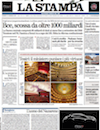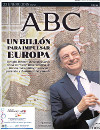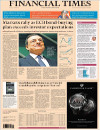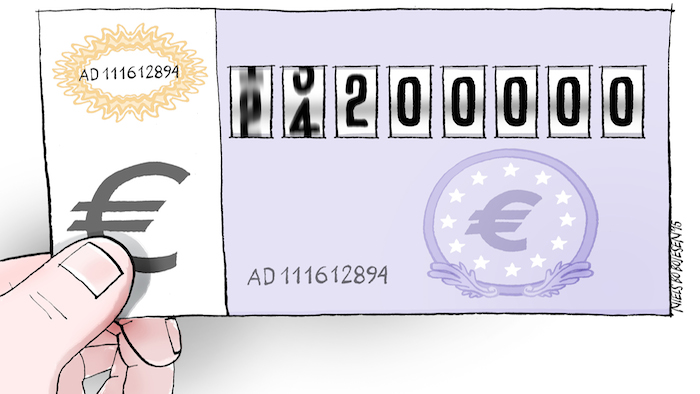“ECB floods Europe with more then one trillion Euros”, headlines conservative daily Die Welt in Berlin. The ECB council did “not unanimously approve” the immediate launch of the program, Die Welt writes, adding that Germany will stick to its policy of “economy and reform.” The daily adds that —

Critics say that the money will not reach borrowers but will rather be invested in shares or the housing market. This could lead to a new price bubble. Additionally, some fear the ECB might slow the will of reform in some countries by buying their bonds.
‘ECB, a 1,000-billion shake-up’, headlines La Stampa. The ECB’s quantitative easing is “positive by its amount and lasting, negative, since it leaves much of the risk’s burden on Central and national banks”, says Italian economist Marcello Messori in Turin daily. Among other economists, banking experts and funds managers —

the reaction is almost unanimous. The decision has been taken within the ECB mandate, which weakens any legal issue that could be raised in Germany. […] Ayway, as Draghi repeated in his press conference, monetary policy alone is not sufficient. Reforms, reforms and reforms again is also the experts’ mantra.
“One trillion to boost Europe”, headlines ABC. Recalling Mario Draghi’s declaration he was ready to do “everything that was necessary” to save the euro, the paper writes that “the Italian banker has been accompanied by an image of power, almost infallibility”. He is, for the Spanish daily —

the only man capable of dealing with an insatiable market. Mario Draghi has spent two years experimenting measures to first end the sovereign debt crisis and then put Europe back on the road to recovery. But everything indicates that this recovery is not as strong as hoped, and Draghi has had to act again. The main fear of the markets is that the effort of the ECB would not be accompanied by additional measures of national governments. Because Draghi can not do everything.
For the Financial Times, even though “it has taken far too long” for the ECB to begin quantitative easing, “its belated action is no less welcome.” The paper praises Draghi for taking action on weak growth and underlying inflation in the eurozone, but also warns that it now falls on national governments to do their part for recovery —

To escape years of enervating weakness the eurozone needs not just a shot in the arm but a long course of treatment. This must include structural reform, not only of the sclerotic labour markets of France and Italy but also of Germany’s product markets, which is as overdue as QE. Neither the markets nor his critics think Mr Draghi has the tools to finish this job. To help prove them wrong, EU governments will need to show as much resolve as he has.
Was this article useful? If so we are delighted!
It is freely available because we believe that the right to free and independent information is essential for democracy. But this right is not guaranteed forever, and independence comes at a cost. We need your support in order to continue publishing independent, multilingual news for all Europeans.
Discover our subscription offers and their exclusive benefits and become a member of our community now!












